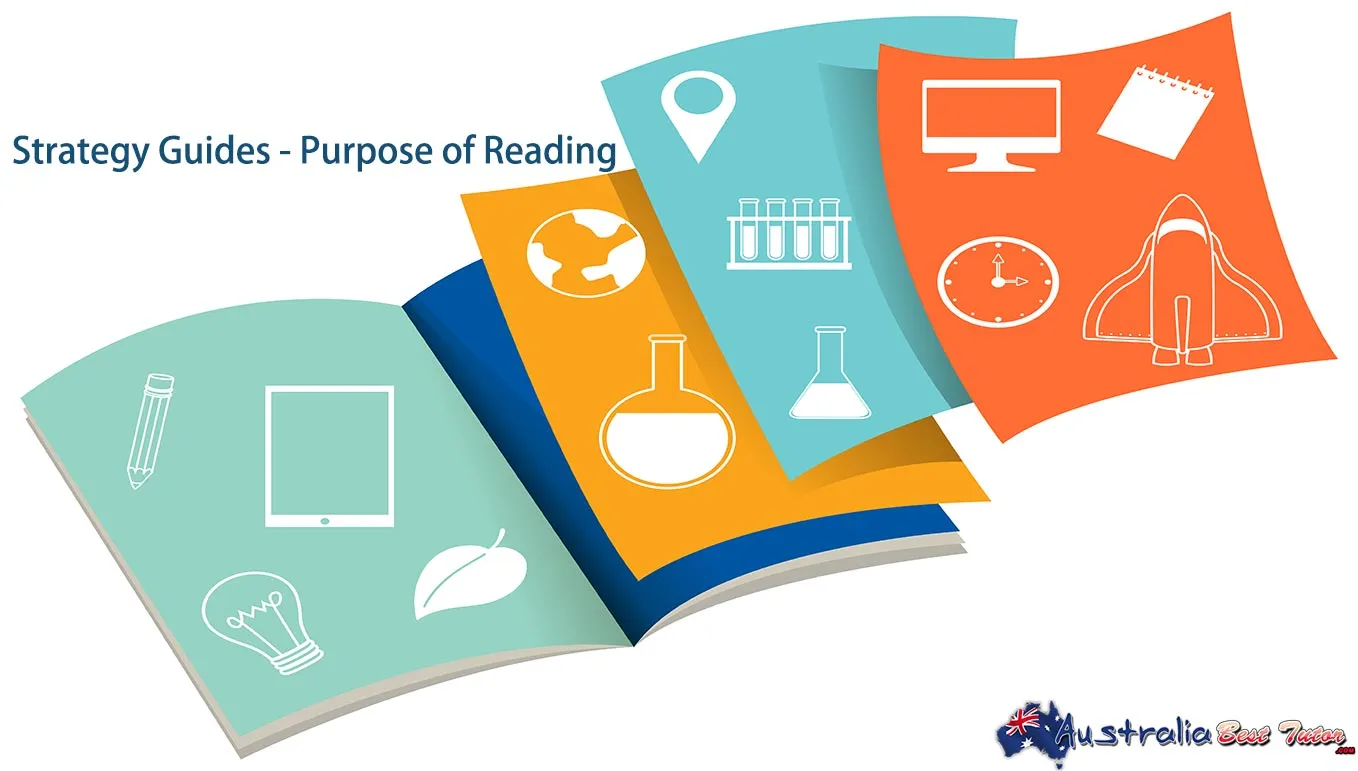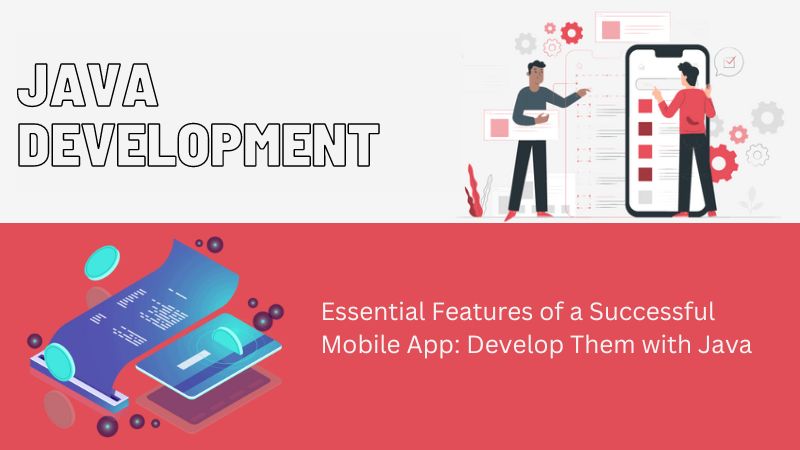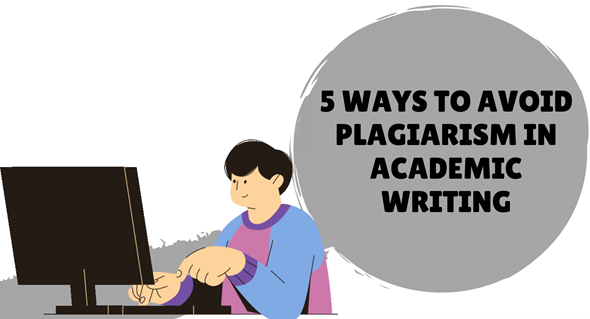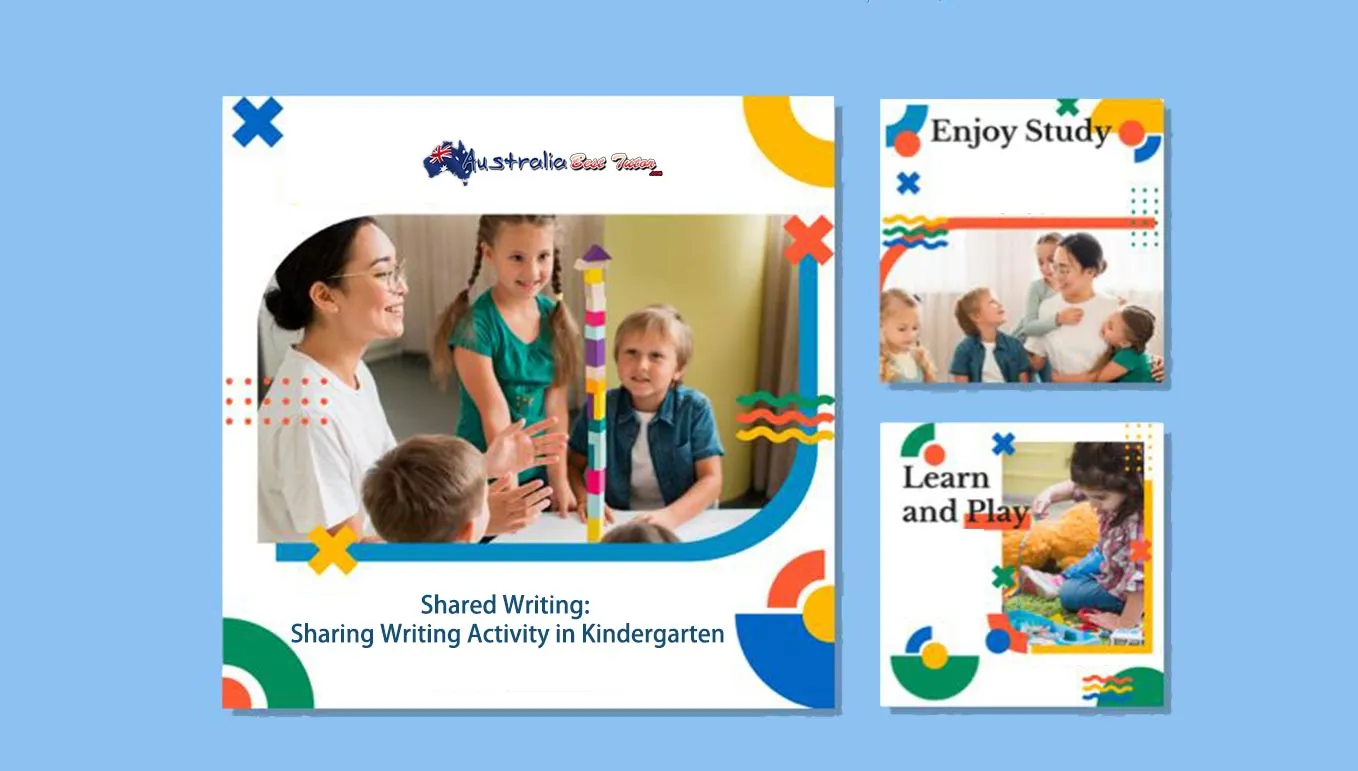Strategy Guides - Purpose of Reading
Reading guidelines can help pupils improve their understanding. They assist students in navigating reading content.
- Strategy guides are manuals that provide suggestions or entire answers to certain video games.
- The distinction between strategy guides and walk through is hazy, as the former frequently contains or is written around the latter.
- Strategy manuals are frequently published in print, as both books and pieces in video game magazines.
- Guides may be sold through more mainstream publication channels, such as book stores or even news stands, in the case of extremely popular game titles.
- On their websites, some publishers also sell E-Book versions.

Purpose of Reading:
- The goal of reading is to make connections between the ideas on the page and what you already know.
- You have a mental framework for reading, comprehending, and storing information.
- Comprehension is being improved.
- Motivation, mental frameworks for holding concepts, focus, and excellent study skills are all required for reading comprehension.
Reading with a purpose is important
Setting a reading goal keeps reader focused and engaged while they read, as well as giving them a mission to help students reinforce their comprehension.
Reading with a purpose encourages children and assists pupils who tend to rush in reading by allowing them to take their time and not skim over important parts of the book.
Six Purpose of Reading
Fredrika (2002), the category of purpose for reading includes are:
- reading to search for simple information.
- reading to skim quickly
- reading to learn from text
- reading to integrate information
- reading to write
- reading to critique texts and
- reading for general comprehension
Some of the reasons why people usually read:
- Pleasure and enjoyment
- Practical application
- To obtain an overview
- To locale-specific information
- To identify the central idea or theme
- To develop a detailed and critical understanding
One of the popular methods of reading is known as the SQ3R (Survey, Question, Read, Recall, Review) method.
Read, Recall and Review are the three stages of Reading.
Reading in Content Areas
Simply said, content area reading is reading for the purpose of learning.
It includes all of the skills and abilities necessary for a learner to read complex, informational text, such as that found in Social Studies, Science, and Math.
When primary sources are employed, content area reading becomes more interesting.
In recent years, it has been expanded to include reading, writing, speaking, listening, and viewing in text-related learning (Vacca & Vacca, 2005).
Reading in the content area important
Content area reading is crucial because it allows students to practise and refine their literacy abilities throughout the school day, rather than only during language or literature classes.
Content Area Reading Instruction
- familiarises students with explanatory text's structure
- encourages the development of content-area vocabulary
- increases the ability to recognise words;
- improves reading fluency; and
- focuses on and explains how, why, when, and where to employ a variety of comprehension tactics.
Three types of reading required in the content areas:
Science, history, and literature all require literal, inferential, and applied/evaluative thinking.
Furthermore, reading writings in these fields necessitates a broad vocabulary and a calculated effort.
Reading Strategies That Work In Every Content Area
- Reread
- Activate Prior Knowledge
- Use Context Clues
- Infer
- Think Aloud
- Summarize
- Locate Key Words
- Make Predictions
- Use Word Attack Strategies
- Visualize
- Use Graphic Organizers
- Evaluate Understanding




